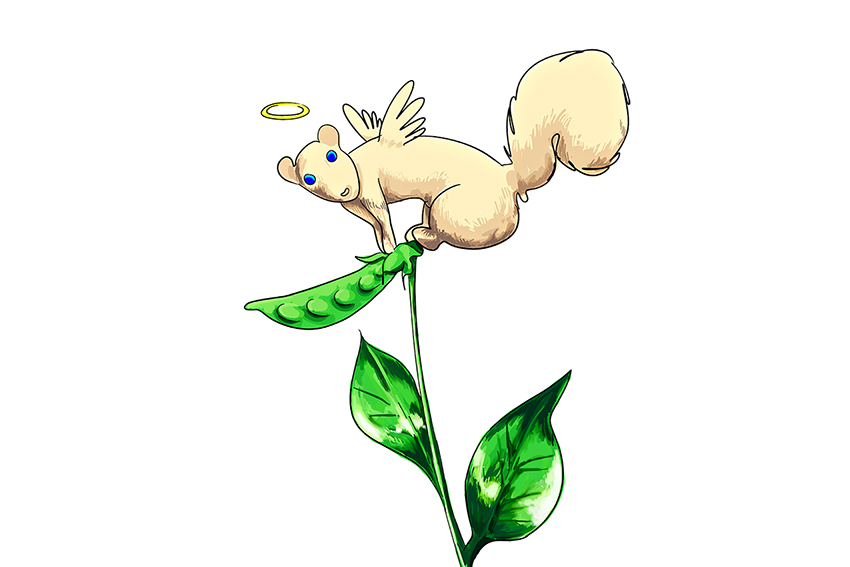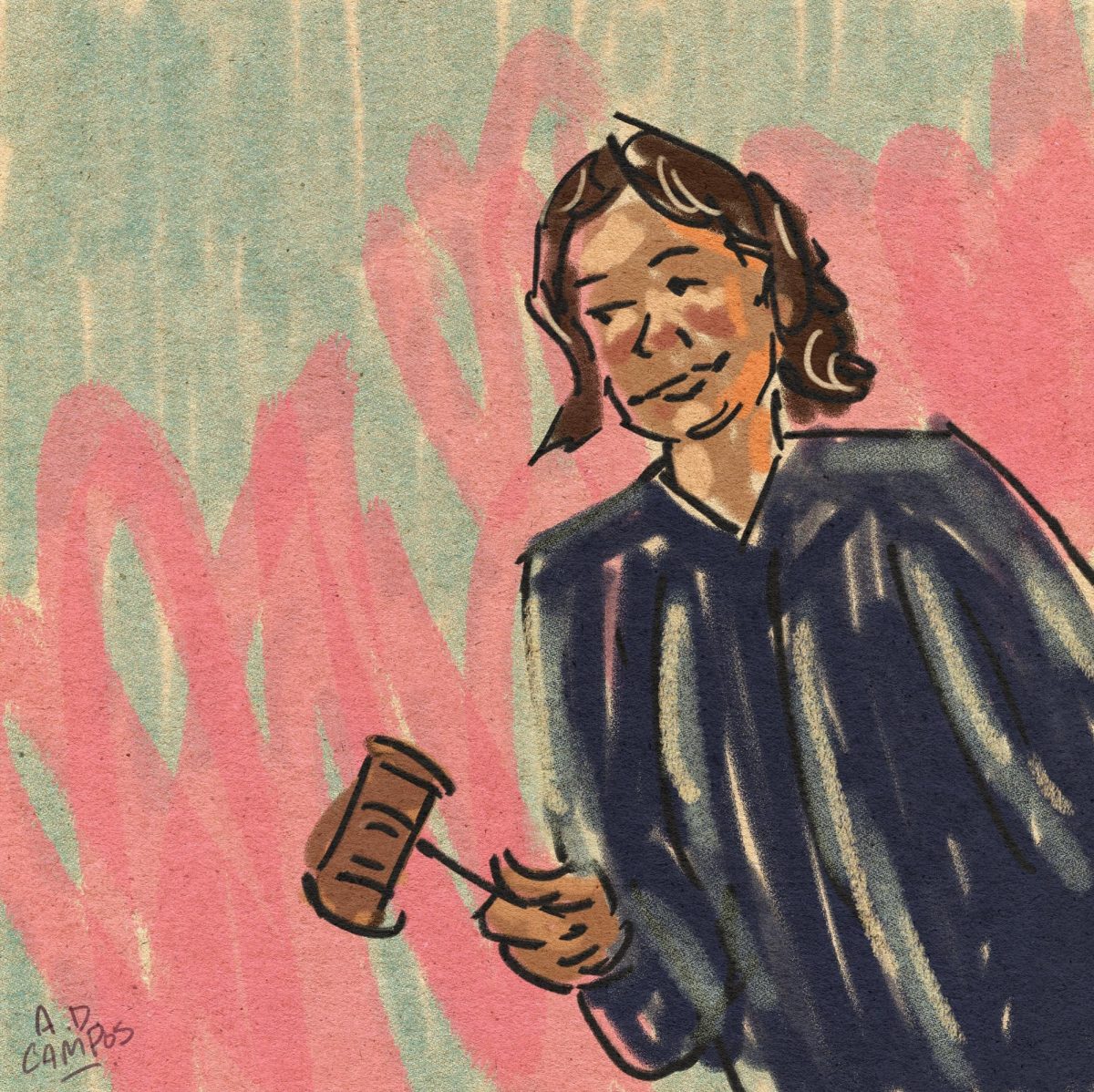On Nov. 11, Snowpea the “albino” squirrel was found dead near the Gates Dell Complex. She is survived by her children.
The Squirrels of UT Facebook and Instagram pages document the many squirrels that live on campus, including Snowpea. Marie Romano, creator of the page and 2016 UT alumna, photographs the squirrels and notes their different behaviors. Romano said Snowpea likely fell from a tree.
“I went to go see her, and there was a blonde squirrel that was unconscious on the floor,” Romano said.
Romano took pictures of the squirrels while attending UT until 2016. She started posting her pictures to the page last April.
“I wanted to keep track of (the squirrels),” Romano said. “I would name them myself, and it was fun to take pictures of them and remember them.”
The Facebook and Instagram pages currently have 145 and 4,342 followers, respectively. Romano said her followers often send in pictures of their own.
“Students will support me,” Romano said. “Even some professors keep in contact with me, so it’s nice to have this community."
The squirrels living on campus are fox squirrels, and the “albino” squirrels, such as Snowpea, are actually leucistic, biology professor David Hillis said. Leucism is a condition that decreases melanin production, giving the squirrels a blonde appearance. This is different from albinism, where there is little to no melanin production.
“Most Texas fox squirrels are the more common reddish-brown that we see a lot on campus, but we have a higher frequency of squirrels with the leucistic coloration,” Hillis said.
Carin Peterson, outreach coordinator for Environmental Health and Safety, said UT has an overabundance of squirrels.
“Feeding them leads to an artificial population growth, and we’ve got an overpopulation,” Peterson said.
Hillis said a lack of predators has allowed the leucistic squirrel population to expand.
“Since our campus squirrels get a lot of food from humans who feed them and humans like the white coloration, being white could even be an advantage for campus squirrels,” Hillis said.
Peterson recommends students to view the squirrels from a safe distance and avoid feeding them because of the overpopulation and to avoid being bitten.
Romano said she plans to continue to photograph the squirrels and share her positive experience with others.
“They’re really sweet creatures,” Romano said. “If you’re sweet to them, they’ll be sweet to you.”





















